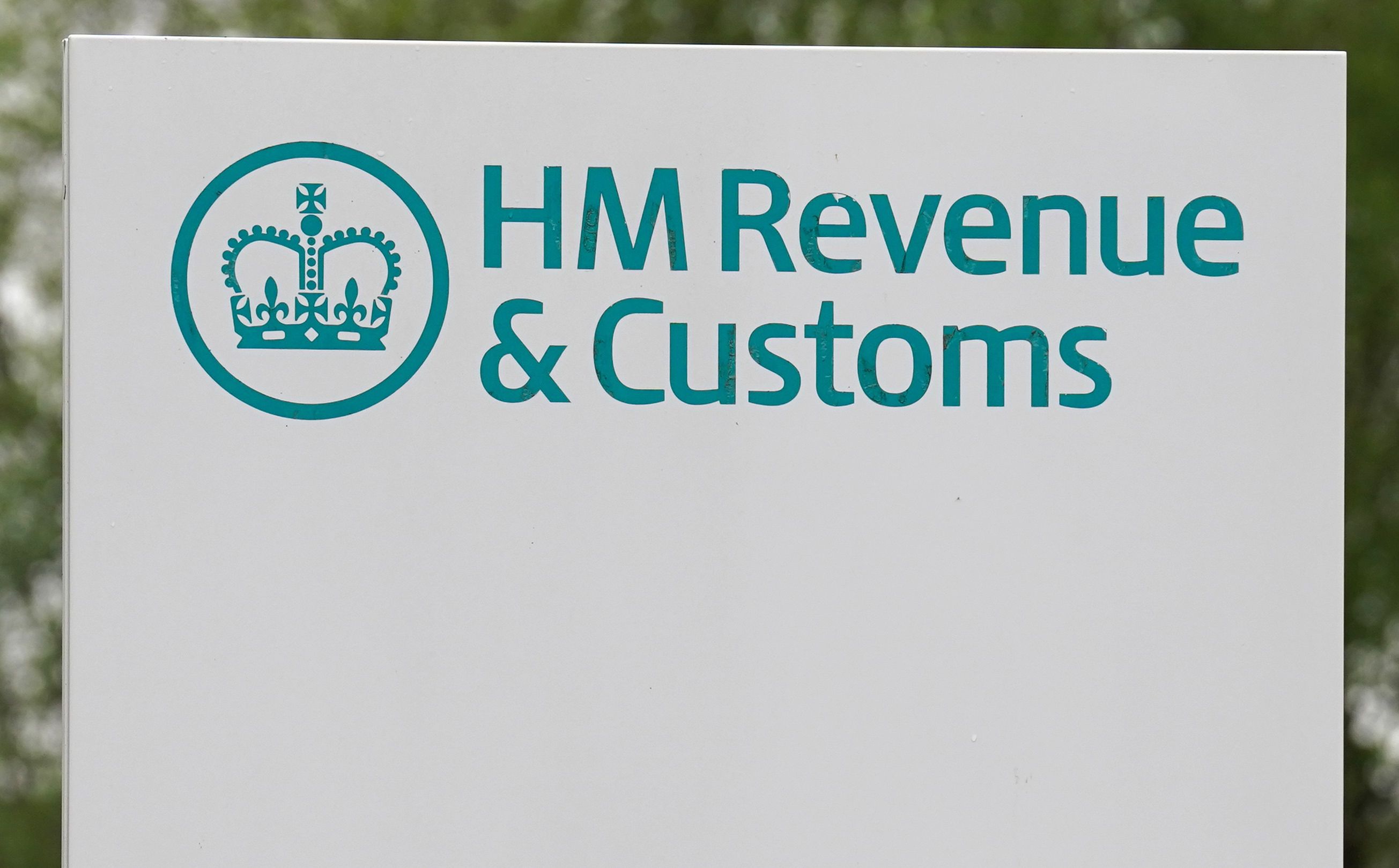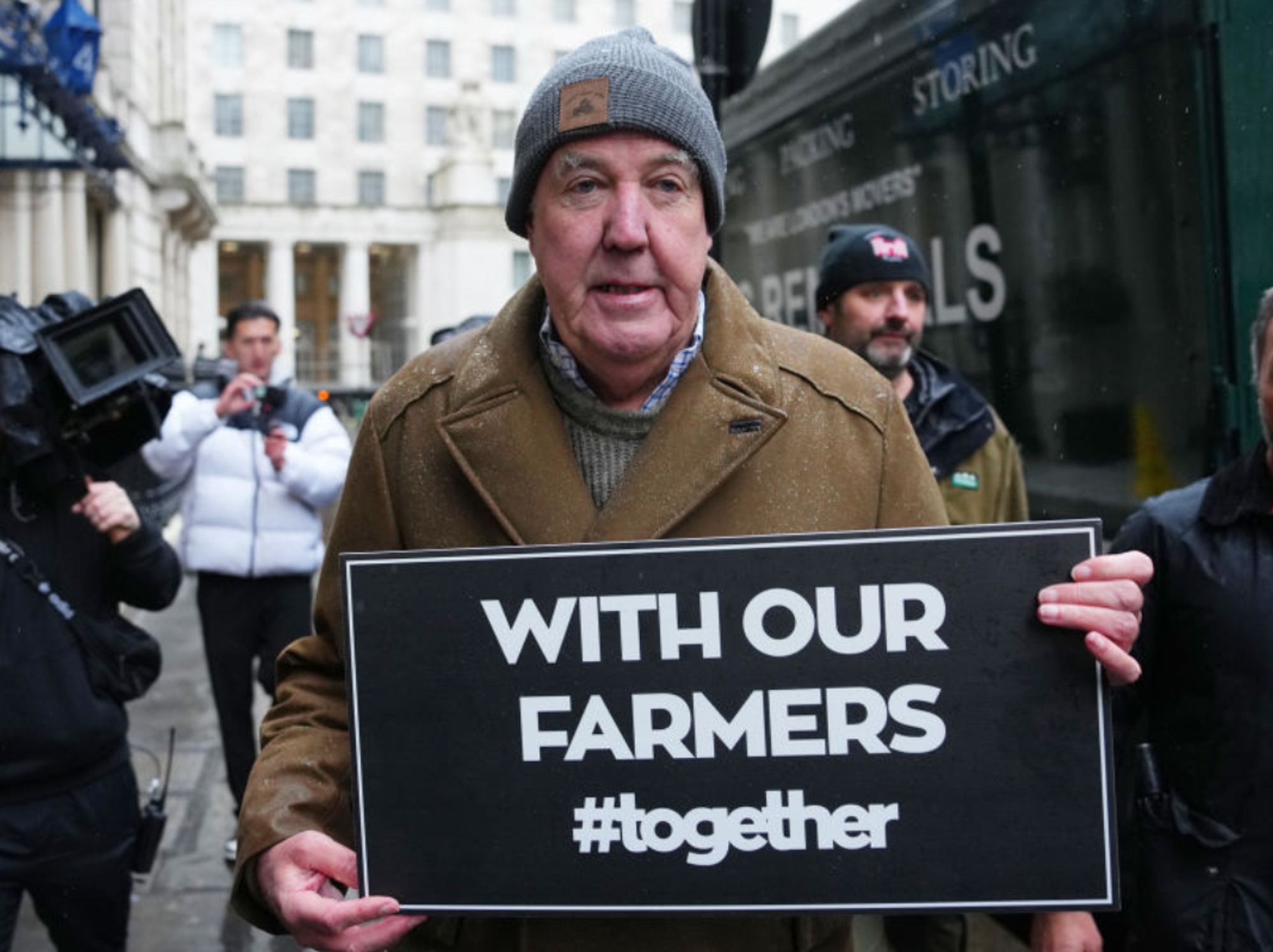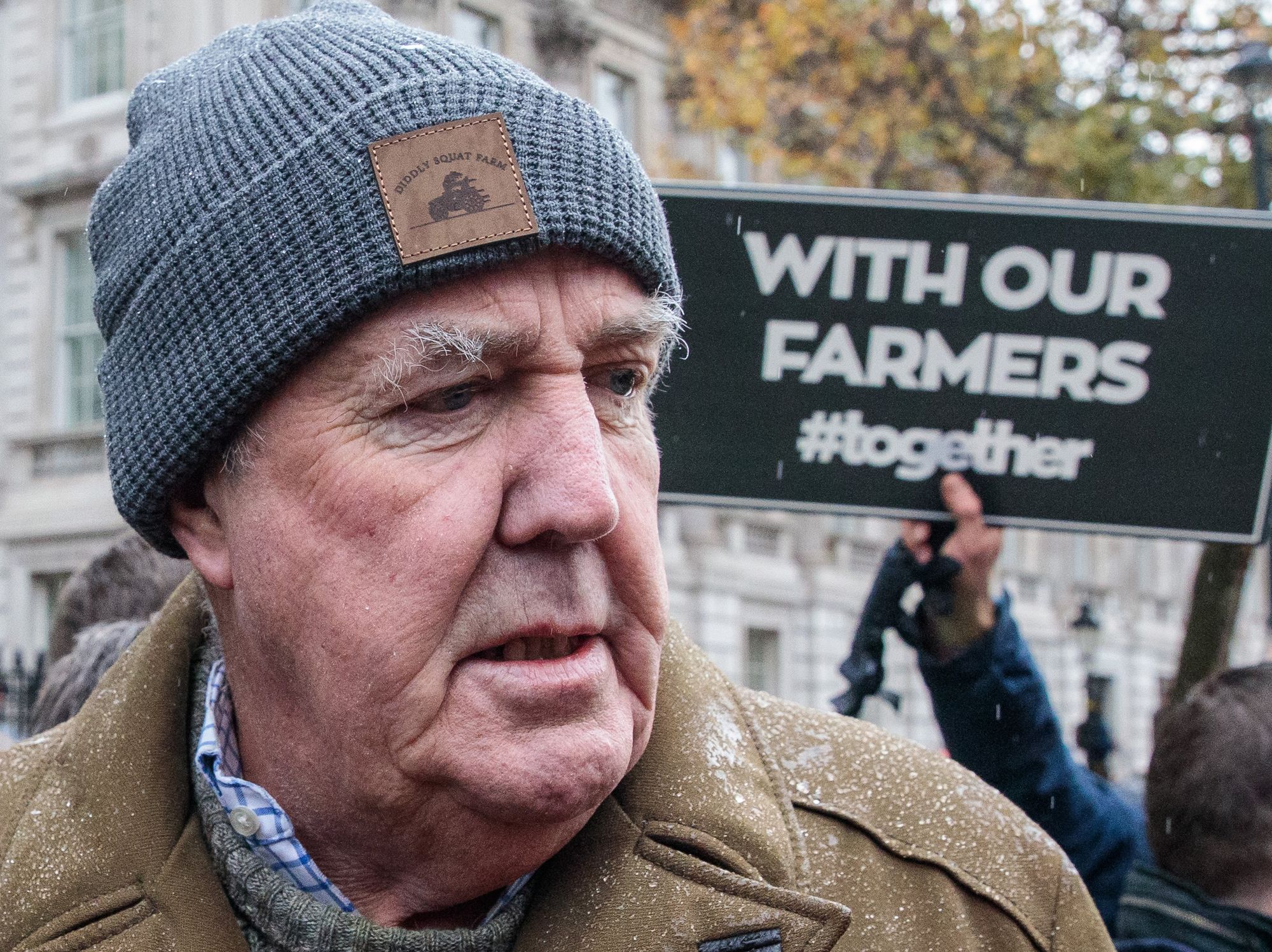Capital gains tax poses ‘triple threat’ as investors face paying ‘eye-watering’ levels of tax

The capital gains tax allowance will be cut in April
|GETTY

The capital gains tax allowance will be halved in April
Don't Miss
Most Read
Investors are being warned that capital gains tax poses a “triple threat”, ahead of cuts to tax allowances this year.
The capital gains tax allowance will be slashed from £6,000 to £3,000 on April 6, meaning more people pay the tax.
The allowance hasn’t been this low since 1981/82, more than 40 years ago, and inflation since then means £3,000 in 1981 had the buying power of more than £15,000 today, experts have warned.
Plus, as there hasn’t been indexation or taper relief since 2008, investors aren’t just seeing their real gains being taxed, but inflation too.

The freezing of income tax thresholds means more people will pay capital gains tax at a higher rate, experts have warned
|PA
Making matters worse for investors, the freezing of income tax thresholds means more people will pay capital gains tax at a higher rate, as wage inflation pushes basic rate taxpayers into the 40 per cent higher rate bracket.
Sarah Coles, head of personal finance at Hargreaves Lansdown, warned people could pay “even more eye-watering levels of capital gains tax in the coming years”.
She said: “Capital gains tax is a triple threat to investors. If their investments outside of tax wrappers keep up with inflation, they’ll be taxed on anything over their annual allowance when they sell up, seriously denting their ability to keep pace with inflation.
“To make matters worse, the slashing of the allowance to the lowest level in over 40 years means inflation has pushed ever-larger slices of the gain into the realms of tax.
“And because income tax thresholds have been frozen, more of them will pay a higher rate of CGT into the bargain.”
In 2021/22, a record £16.7billion was paid in capital gains tax, while just over £7billion was paid in inheritance tax 2022/23.
How can investors reduce capital gains tax bill?
The capital gains tax allowance for 2022/23 is £6,000, and this tax year ends on April 5.
Ms Coles said: “It makes sense to take advantage of this year’s CGT allowance if you can.”
People sitting on gains outside an ISA or pension may be able to use the Bed & ISA process to make a gain of up to £6,000 and pay no CGT, the expert noted, as well as pointing out the annual ISA allowance is £20,000.
She said: “If you haven’t used your ISA allowance yet this year, you can move up to £20,000 of the assets into an ISA wrapper, so you don’t have to worry about tax on gains (or the income) on these investments ever again.
“Investment companies will offer share exchange and Bed & ISA services to make this process easier.”
LATEST DEVELOPMENTS:
Investors who are married or in a civil partnership could also transfer the ownership of some assets to their spouse or civil partner, with no capital gains tax to pay on the transfer.
Ms Coles explained when they sell up, there may be tax to pay.
She warned: “The gain will be calculated by comparing the cost on the day of selling with the day when their spouse originally bought the asset.
“However, they have a capital gains tax allowance of their own to take advantage of, so a chunk of the gain won’t be subject to tax. If they’re taxed at a lower rate, they may also pay any CGT at a lower rate too.”
She also suggested people consider dividend tax when realising gains and moving assets into an ISA.
Ms Coles said: “The tax allowance for this is also being cut from £1,000 to £500 in April - and many people choose to prioritise moving income-producing assets into the ISA, because income tends to be taxed at a higher rate and can’t be planned for in the same way as a capital gain.”










